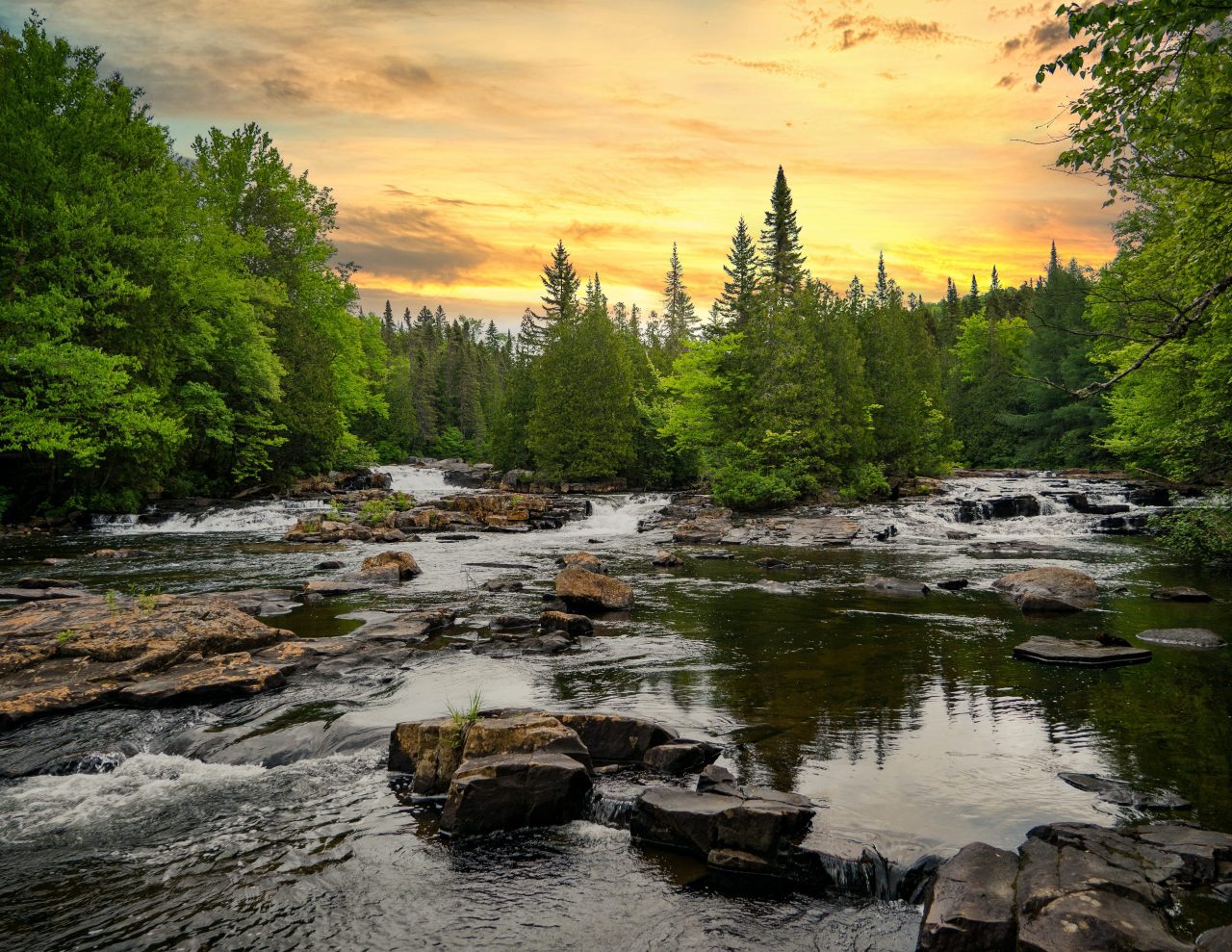Biodiversity is essential for the health of the planet, as it provides numerous benefits to humans and other living organisms. However, biodiversity is threatened by numerous factors, including habitat destruction, climate change, pollution, and invasive species. One solution to the problem of biodiversity loss is rewilding, which involves restoring ecosystems by reintroducing keystone species and letting nature take its course. In this essay, we will discuss the concept of rewilding and explain why it is an important tool for biodiversity conservation.
Rewilding is a conservation strategy that involves restoring natural ecosystems to their original state by reintroducing large predators and keystone species, such as beavers and wolves, that have been extirpated from the ecosystem. By reintroducing these species, rewilding aims to restore natural processes, such as predation, herbivory, and decomposition, which help maintain ecological balance. Rewilding also involves removing human-made structures and reintroducing native plant species to the ecosystem.
One of the key benefits of rewilding is its ability to restore biodiversity. By reintroducing keystone species, rewilding can create a cascade effect throughout the ecosystem, which can lead to an increase in the number and diversity of plant and animal species. For example, reintroducing wolves to Yellowstone National Park in the United States led to an increase in the number of aspen and willow trees, as elk populations were reduced by predation. This, in turn, led to an increase in the number of beavers, which created wetland habitats that benefited numerous other species.
Another benefit of rewilding is its ability to improve ecosystem services. Ecosystem services are the benefits that humans derive from natural ecosystems, such as clean air and water, pollination, and carbon sequestration. By restoring natural ecosystems, rewilding can improve these services and provide benefits to humans and other living organisms. For example, reintroducing beavers to degraded streams can improve water quality and reduce the risk of flooding.
Despite its benefits, rewilding is not without its challenges. One of the biggest challenges is public perception, as many people view large predators, such as wolves and bears, as a threat to their safety and livelihoods. This can lead to conflicts with local communities, who may resist the reintroduction of these species. To overcome this challenge, it is important for conservationists to engage with local communities and address their concerns. This can involve educating people about the benefits of rewilding and developing strategies to mitigate potential conflicts.
In conclusion, rewilding is an important tool for biodiversity conservation. By restoring natural ecosystems and reintroducing keystone species, rewilding can create a cascade effect that leads to an increase in biodiversity and ecosystem services. While rewilding is not without its challenges, it has the potential to provide numerous benefits to humans and other living organisms. It is important for conservationists to work with local communities and address their concerns in order to ensure the success of rewilding projects.
